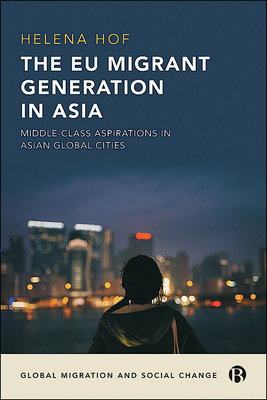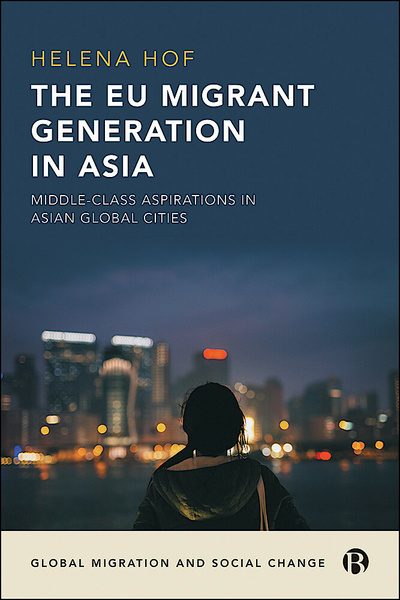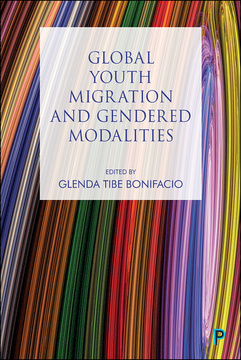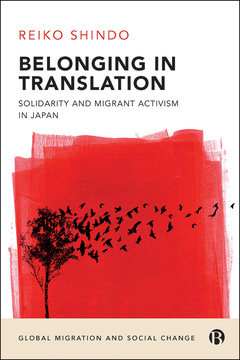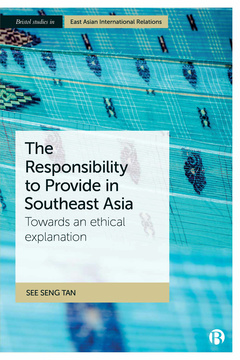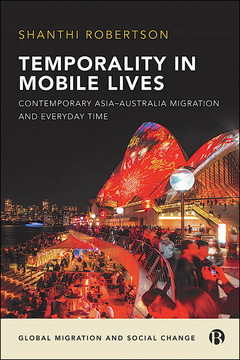ISBN
978-1529225006Dimensions
234 x 156 mmImprint
Bristol University PressISBN
978-1529225013Dimensions
234 x 156 mmImprint
Bristol University PressISBN
978-1529225013Dimensions
234 x 156 mmImprint
Bristol University PressDrawing on an extensive study with young individuals who migrated to Singapore and Tokyo in the 2010s, this book sheds light on the friendships, emotions, hopes and fears involved in establishing life as Europeans in Asia.
It demonstrates how migration to Asian business centres has become a way of distinction and an alternative route of middle-class reproduction for young Europeans during that period. The perceived insecurities of life in the crisis-ridden EU result in these migrants’ onward migration or prolonged stays in Asia.
Capturing the changing roles of Singapore and Japan as migration destinations, this pioneering work makes the case for EU citizens’ aspired lifestyles and professional employment that is no longer only attainable in Europe or the West.
"This book makes a very welcome addition to our understanding of middle-class youth mobility in two global cities in Asia – Singapore and Tokyo. It combines an engaging and rich account of the career and social trajectories of young adult Europeans with an analysis of the complexity of their migrant incorporation in a period of exclusionary migration systems recently affected by COVID-19." Eleonore Kofman, Middlesex University
Helena Hof is Senior Research Fellow and Lecturer at the Institute of Asian and Oriental Studies, University of Zurich, and Research Fellow at the Max Planck Institute for the Study of Religious and Ethnic Diversity.
Introduction
PART I: Spatial Mobility to Asia: Moving Ahead by Moving Out
1. The EU Generation and Their Migration Motivations
2. Destination Singapore: The Dream of a Cosmopolis
3. Global City Tokyo: Japan’s Diversification from Within
PART II: Organisational and Career Mobility: Seizing Security, Success and Self-Realisation
4. Singapore: Professionalising the Self
5. Tokyo: (Dis)Embedding in the Japanese Labour Market
6. Career Trajectories through an Intersectional Lens
PART III: (Im)Mobility through Differentiated Embedding: The Ties That Bind
7. Immobility and Emplacement: Making the City Home
8. Belonging through Romantic Relationships
Conclusion







